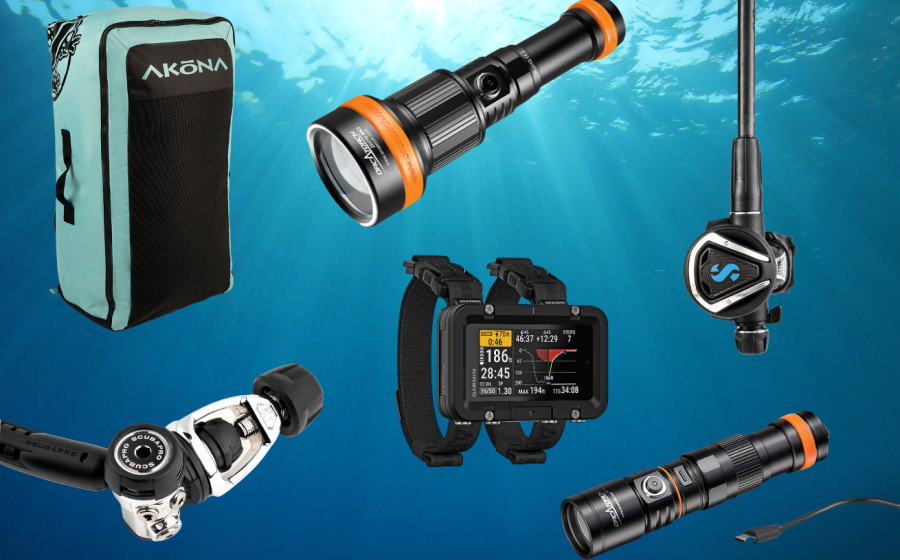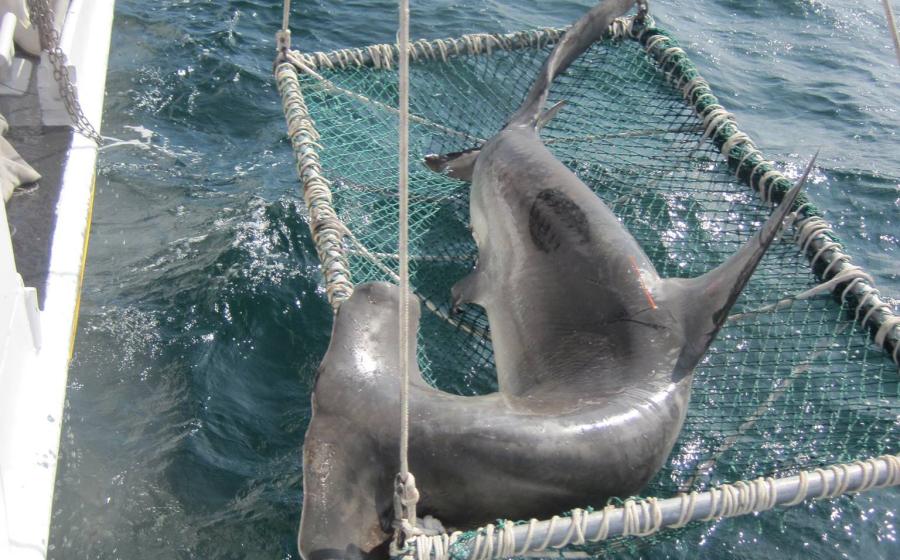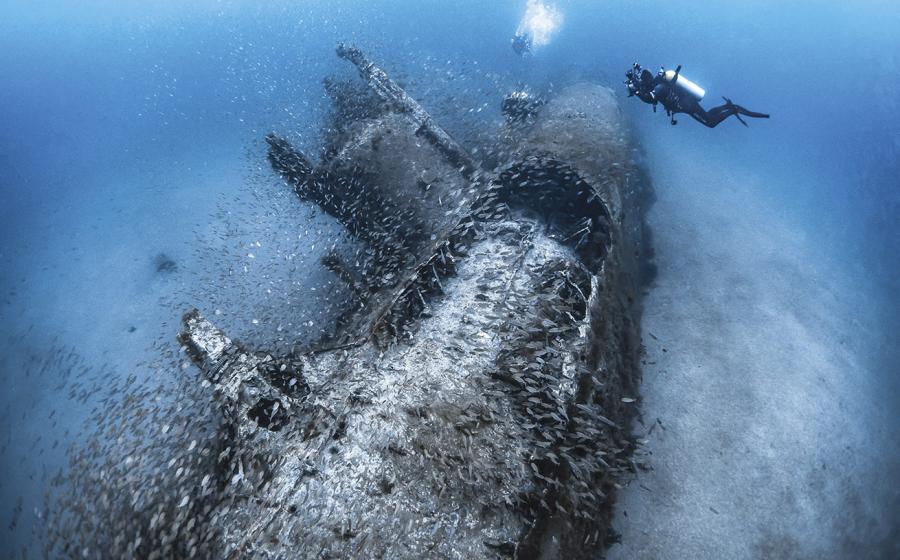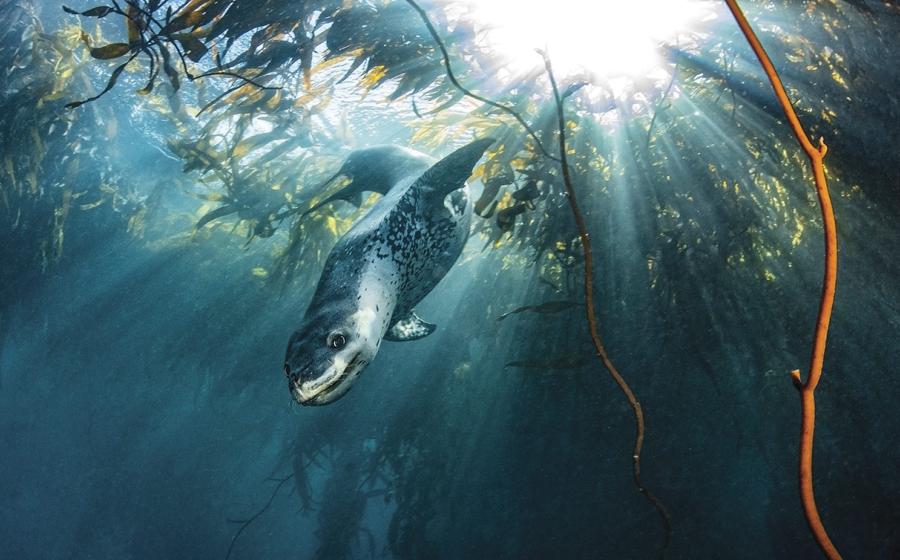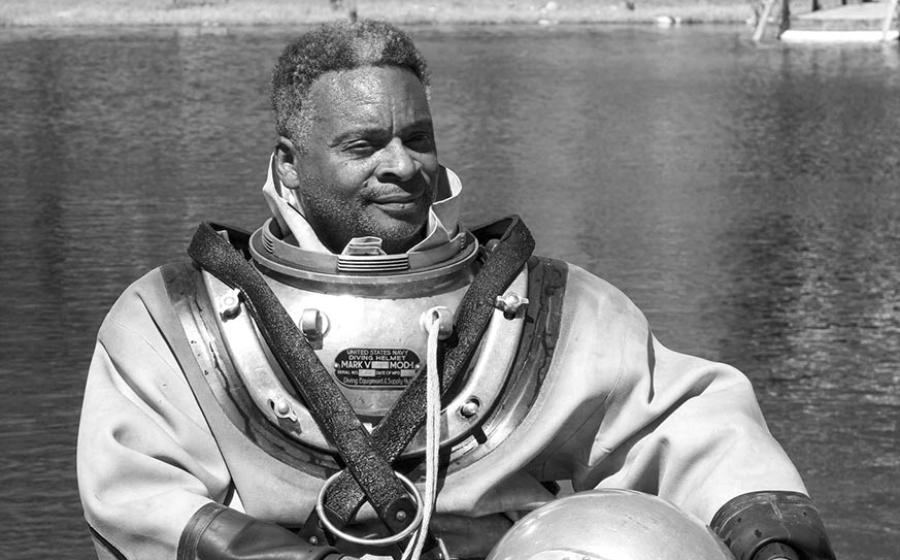Marine Protected Areas May Hold the Secret to Our Ocean's Challenges
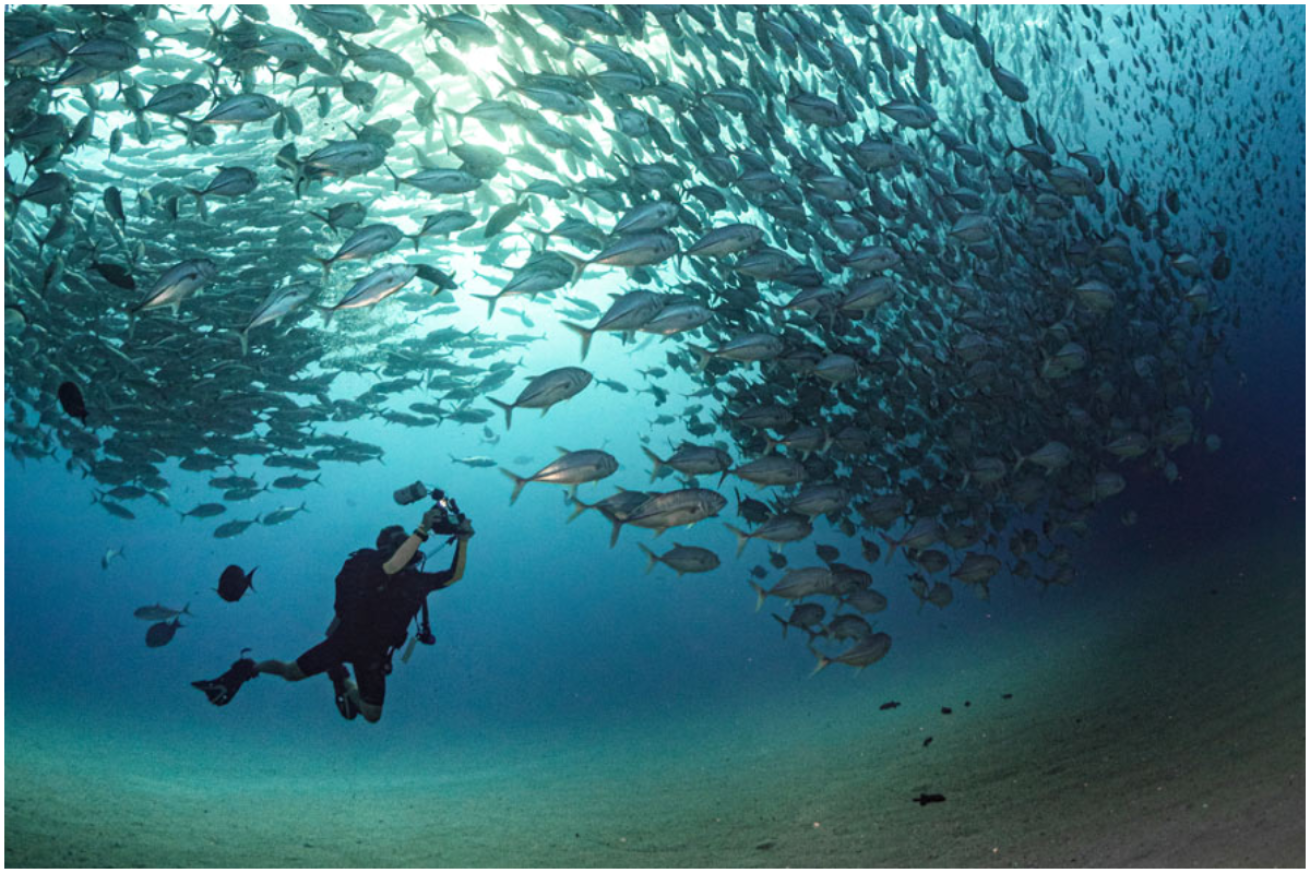
Patrick WebsterThe author’s buddy swims with a swirling school of bigeye trevally jack in Parque Nacional Cabo Pulmo, a marine protected area in Mexican waters where fish are noticeably more plentiful.
It’s early and I’m cold. A wetsuit never really dries this time of year, drenched as it gets by the enthusiastic marine layer that blankets Monterey Bay. I pull up my wetsuit and follow my friends into the jade waters at the northern edge of Point Lobos State Marine Reserve, a crown jewel of California’s shore-diving scene.
We drop into a pocket of kelp forest and quickly spot the object of our desire: A billowing cloud of blue rockfish catches the sunlight that’s finally burned through the fog. We move like storm chasers around the rotating mass, the updrafts of our bubbles breaking up the cumulonimbus of fish. I maneuver away from my buddies to get a wide shot with my camera when one group of fish starts to spiral in on itself, twisting the school into a tornado.
I freeze, transfixed, eyes locked in place and mind blown away, far away, 2,000 miles and eight years away, to a memory so vivid it might as well have occurred yesterday.
In the memory, my skin’s cries for more sunscreen are overruled by my toes’ delight in the warm Mexican waters of Parque Nacional Cabo Pulmo. Decades after taking this area’s economy from fish-hooking to fish-looking, the bounty of life found within the park’s 27 square miles earned itself a Hope Spot feature in Her Deepness Sylvia Earle’s 2014 Netflix documentary Mission Blue. One year later, I’m here to see it for myself.
We roll off the fiberglass panga into cerulean seas, and looming in the distance is a dark shadow. An electric, enchanting, roiling mass of bigeye trevally jacks rising from seafloor to sea-ceiling like a thunderhead bursting into the summer sky. The group of fish starts to spiral in on itself—like the blue rockfish of Monterey creating a tornado.
It’s difficult to believe that fish can be so dense as to block out the sun, so imposing that they fill in the ocean like a hurricane fills in the atmosphere. But remember, this is only the faintest glimpse into what the ocean once was, that these truly awesome assemblages of life in certain spots are as things should be.
Witnessing the abundance that can still be found in marine protected areas (MPAs) helps me understand how the ocean could have once been seen as limitless, whether by the peoples who saw to their shores since times immemorial or by those who saw the same shores for their market value—how European explorers could imagine walking across Monterey Bay on the backs of whales, or how Cousteau could declare the Gulf of California the “Aquarium of the World.”
Our perspective as divers is just over 70 years young. And MPAs, those places set aside for the ocean to become itself again, are an experiment only a few decades in the making. Cabo Pulmo became a national park just after Monterey Bay became a national marine sanctuary, some 30 years ago. California’s MPA network, one of the world’s most established, is barely a decade old. And across this blue planet, there are calls to expand these areas, for the ecology and economy that can spring up from an ocean that exists just as it wishes to.
Our ocean’s future is affected by a changing climate and our increasing need for its abundant presence. Our ocean is resilient, and in protected places, it has the chance to weather future challenges. We as a dive community are stewards of this coming ocean, and how we tend to these rebounding resources now will dictate what version of the ocean we will be leaving for the next generation of divers. Because if the future is to be filled with storms forever increasing in scale, they might as well be tornadoes made of fish.





